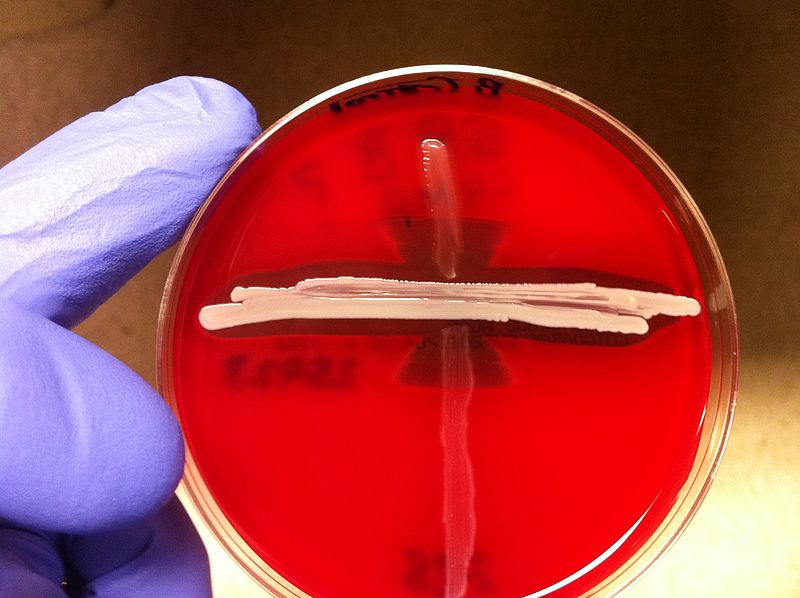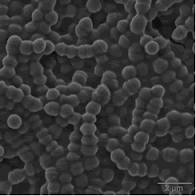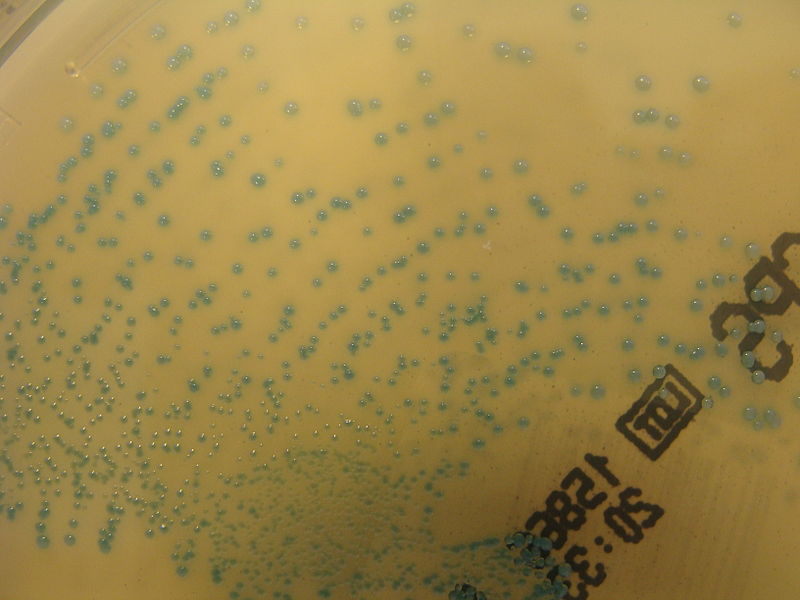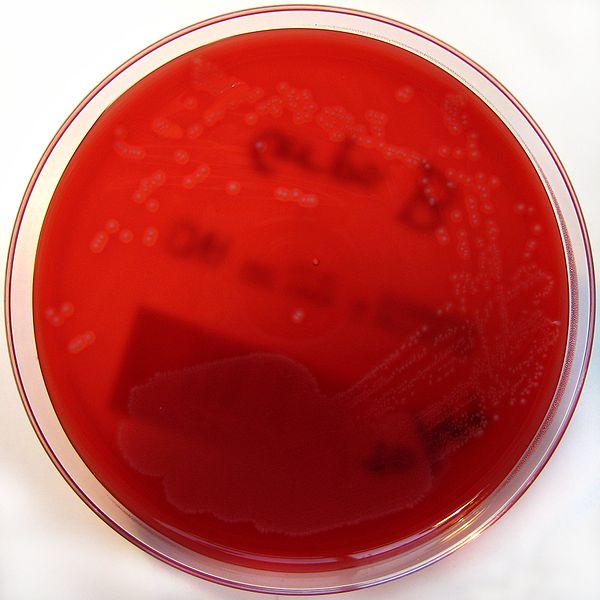Group B streptococcal infection causes
|
Group B Streptococcal Infection Microchapters |
|
Differentiating Group B Streptococcal Infection from other Diseases |
|---|
|
Diagnosis |
|
Treatment |
|
Case Studies |
|
Group B streptococcal infection causes On the Web |
|
American Roentgen Ray Society Images of Group B streptococcal infection causes |
|
Directions to Hospitals Treating Group B streptococcal infection |
|
Risk calculators and risk factors for Group B streptococcal infection causes |
Editor-In-Chief: C. Michael Gibson, M.S., M.D. [1]; Associate Editor(s)-in-Chief: Rim Halaby, M.D. [2]
Overview
Group B Streptococcus (GBS) disease is caused by the infection with the bacterium GBS which is a beta hemolytic gram-positive streptococcus characterized by the presence of group B Lancefield antigen. GBS displays beta-hemolysis when cultured on a blood agar plate and produces zones of hemolysis that are only slightly larger than the colonies themselves. The species other name S. agalactiae, where "agalactiae" means "no milk", alludes to this. GBS hydrolyzes sodium hippurate and gives a positive response in the CAMP test. GBS is also sensitive to bile and will lyse in its presence. GBS is a species of the normal flora of the gut and female urogenital tract. The polysaccharide antiphagocytic capsule is this bacterium's main virulence factor.
Taxonomy
Cellular organisms; Bacteria; Firmicutes; Bacilli; Lactobacillales; Streptococcaceae; Streptococcus
Biology
GBS is characterized by the following features:
- Gram-positive
- Cocci in pairs and short chains
- Group B Lancefield antigen
- Non-motile
- Catalase-negative
- Non-spore forming
- Polysaccharide antiphagocytic capsule (main virulence factor)
- Surface proteins
- Beta hemolysis
Identification
The CAMP test is an important test for identification. GBS are screened through this test. It is characterized by the presence of Lancefield antigen and by its ability to hydrolyze sodium hippurate.
GBS is also sensitive to bile, and will lyse in its presence.
Shown below is an image depicting an example of a positive CAMP test proving that GBS is present. The arrowhead formation on the Blood agarose gel, BAP (5% sheep blood) indicates that this bacteria is GBS.
Shown below is an image depicting colonies of GBS under microscope.
Shown below is an image depicting the growth of colonies of GBS on ChromID CPS chromogenic agar.
Shown below is an image depicting the growth of colonies of GBS on Columbia horse blood agar.



